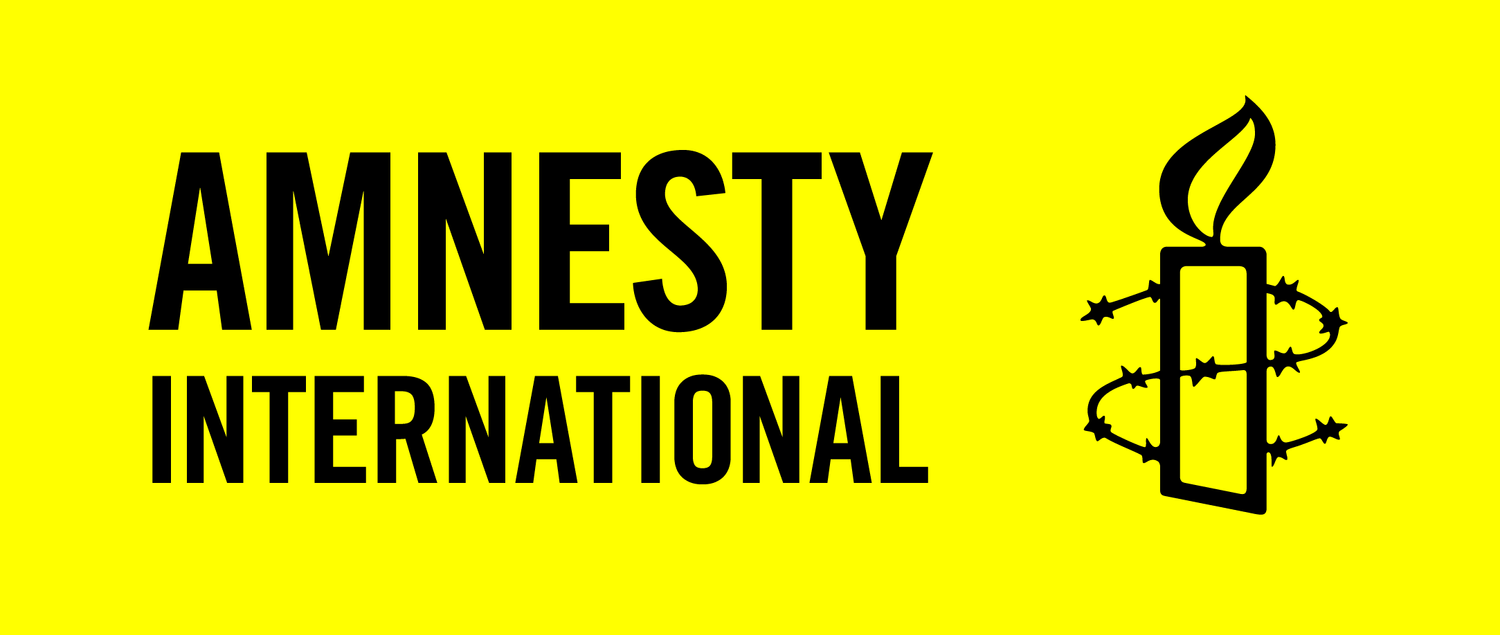Our Amnesty leaders within the movement work very hard to thrive in an environment of uncertainty and change. Being a leader in the human rights and social change sector is not an easy task. Strong leaders within the movement are able to inspire colleagues, partners, members, decision-makers and the public to work together to deliver our vision of human rights chance.
Our leaders clearly respond to these challenges in different ways, but one common aspect is the way that they are successful in combining the power of their idealism and passion with rigorous analysis, technical expertise, and strategic thinking – and are able to develop and communicate a vision to include, and motivate, a diverse range of stakeholders needed for human rights change.
These leadership traits – idealism + passion + key competencies – are captured in what we could call Transformational Leadership. The ability to transform a vision into tangible social change, while highlighting team collaboration and empowerment gives meaning to our human rights work. Indeed, this approach tends to work well with “high level of individual motivation and commitment, and well-above-average organizational performance, especially under conditions of crisis or uncertainty” (Bryant, 2003).
So, this article reminds us of the key traits and behaviours a transformational leader exhibits to inspire and motivate a team or organization to achieve goals via a common vision. In short, transformational leadership imbues organizational tasks and jobs with meaning, ultimately increasing team members’ satisfaction, which, in turn, can have a positive effect in the successful performance of the organization towards achieving change. Below, the table shows key components to transformational leadership and its explanation in action.
The Resources tab in this article offers further reading about approaches to Transformational Leadership. However, as part of a process to further develop our leadership within the movement, we invite every AI entity to think continuously about how to improve leadership development. Workshops, trainings and global governance meetings like the Global Assembly Meeting and the Chair’s Assembly and Director’s Forum can also contribute to strengthen our leaders.














